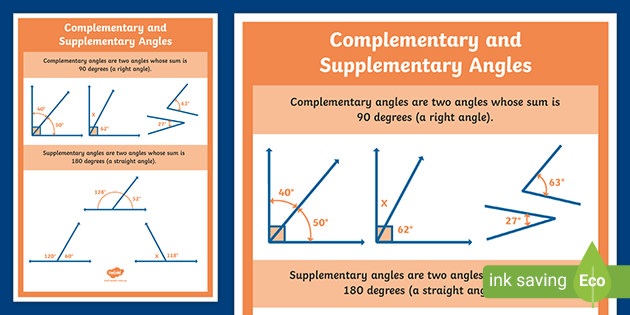
Textbook content produced by OpenStax is licensed under a Creative Commons Attribution License. We recommend using aĪuthors: Lynn Marecek, MaryAnne Anthony-Smith, Andrea Honeycutt Mathis Use the information below to generate a citation. Then you must include on every digital page view the following attribution: If you are redistributing all or part of this book in a digital format, Then you must include on every physical page the following attribution: If you are redistributing all or part of this book in a print format, m ∠2 = 180 o - 135 o = 45 o.Want to cite, share, or modify this book? This book uses the So to find m ∠2, subtract m ∠1 from 180 o. Triangles ABC has three sides congruent to the corresponding three sides in. Angles 1 and 2 form a linear pair and are supplementary. Angle Side Angle (ASA) Congruence Postulate two angles and the. Vertical angles are congruent, so m ∠2 = 112 o.ġ8. A student designed the stationery border shown here. S1 show three examples of the light intensity profile on the distal irradiated plane created by inputting laser from a randomly selected position on the proximal. Find the angle measures in the weaving if m∠1 = 122. įind the value of the variable and the angle measures.ġ7. M∠2 = 68, because vertical angles add up to 180.

Two lines that intersect to form a right angle are called _?_.Īre the angles are complementary, supplementary, or neither?ĭescribe and correct the error in the solution. The sum of the measures of two _ ?_ angles is 180. M∠5 + 125 = 180 Definition of supplementary anglesġ1. The angle with measure 125 and ∠5 are supplementary. ∠1 and ∠5 are corresponding angles, so they have equal measures.įind m∠5. When a line intersects two parallel lines, several pairs of angles that are formed have equal measures.Ĭorresponding Angles: m∠1 = m∠5 m∠2 = m∠6 Īlternate Interior Angles: m∠3 = m∠6 m∠4 = m∠5Īlternate Exterior Angles: m∠1 = m∠8 m∠2 = m∠7 Two lines in the same plane that do not intersect are called parallel lines. Two lines that intersect at a right angle are called perpendicular lines.įind the measures of the numbered angles. So if you have a straight line with two angles on it, and you know the size of one of the angles, you can work out the size of the other by subtracting this from 180 degrees. Supplementary Angles Two angles are supplementary if the sum of their. Supplementary angles are two angles whose sum is 180 degrees (a straight angle). Which among the groups can you determine possible representations of a point b. When two lines intersect to form one right angle, they form four right angles. Complementary angles are two angles whose sum is 90 degrees (a right angle). M∠1 + m∠2 = 180 Definition of supplementary angles


These pairs are called vertical angles, and they always have the same measure. When two lines intersect at a point, they form two pairs of angles that do not share a side. M∠1 + m∠ 2 = 90 Definition of complementary anglesĪre ∠1 and ∠2 are complementary, supplementary, or neither ? See the figure below for a better understanding of the pair of angles that are supplementary. ∠1 and ∠2 are complementary, and m∠2 = 32.

For additional information, please see the Image manipulation section of our polices and publication ethics. You can write "the measure of angle 1" as m∠1. It is the responsibility of the authors to acquire the licenses, follow any citation instructions requested by third-party rights holders, and cover any supplementary charges. Two angles are complementary if the sum of their measures is 90. Two angles are supplementary if the sum of their measures is 180.


 0 kommentar(er)
0 kommentar(er)
